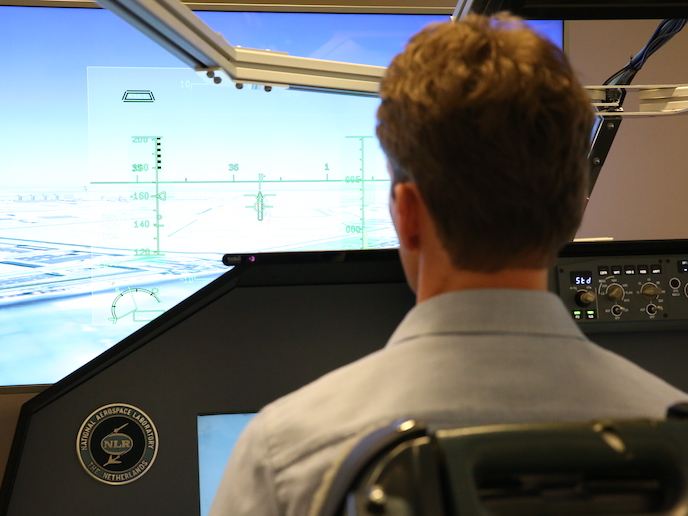Accelerated, hyper-accurate force modelling leads to far more efficient airliner designs
Anybody whose holiday jet has flown through turbulence will be aware that aircraft are not flying in a benign, friendly medium. The air is awash with swirling winds, temperature gradients and weather patterns that can cause the air supporting the plane to move violently, exerting strong forces, or loads, on the aircraft's structure. Similarly, manoeuvres that the aircraft has to make - such as banking to change course, climbing or landing - exert loads on its structural components. But to design safe aircraft, the makers of airliners need to know how strong those loads can be at their worst, so they can work out just how tough the critical parts of their aircraft must be to cope with the maximum stresses and strains they may experience in flight. Until now, however, airplane designers have not been able to accurately predict those loads because their software modelling tools have not been sophisticated enough. Ousting the errors That's now set to change, however, thanks to the EU-funded ALPES project in which project coordinator Jonathan Cooper, from the University of Bristol, UK, worked alongside system modellers from the Siemens Aerospace Centre of Competence in Leuven, Belgium. Their aim? To develop speedy software modelling techniques that calculate those aircraft loads with great accuracy. To do this, the ALPES team have improved upon the current industry standard for wind-gust load modelling: the 40-year-old Doublet Lattice Method (DLM), which is prone to errors and needs correcting using extensive computational fluid dynamics (CFD) runs or time consuming wind tunnel testing. “New techniques we have developed in ALPES correct the DLM results based upon just a few runs in a CFD system, enabling production of gust-load predictions that are both fast and accurate,” says Cooper. He estimates they can now simulate the load effects of aerodynamic and structural factors 95 % faster than the previous method. These methodologies can be enhanced by other surrogate modelling techniques. For aircraft design engineers, having software do these heavy computations for them will be a boon: “Many hundreds of thousands of calculations need to be made to consider all of the possible load cases that might be encountered during an aircraft’s lifetime,’ says Cooper. Aircraft optimisation made easier Having determined the loads, engineers can then compute the stresses all over the structure and optimise the size of the various structural elements, such as the wing spars and ribs, and the fuselage and control surface skin thicknesses, to cope with them. It's important that the ALPES-developed software methods do this at high speed, Cooper says, as the entire process has to be repeated several times during each sizing calculation. The ALPES team has already used its new techniques to show some interesting load-related results on an emerging aviation concept: folding wing tips. An aircraft can gain more lift, reduce drag and boost fuel efficiency by having a longer wing span - even though higher loads are produced. But longer wings cannot fit in standard airport gates - so folding wingtips have been proposed, by Boeing for instance, with its 777X airliner design. At the gate, the hinged wingtips remain vertical, as on aircraft carrier planes, but before takeoff they would rotate down and lock flat to boost wing span. "Our ALPES research has demonstrated that by enabling some flexibility in the hinge during flight it is possible to achieve a significant wing-tip extension this way with a limited or even minimal impact on wing weight," says Cooper. Future applications The results are going to make a real difference in aviation circles, predicts Cooper. “The technologies investigated are going to help towards development of environmentally friendly aircraft designs and enable faster design and certification processes for those aircraft, too,” he says. In addition, work related to ALPES continues in AEROGUST(opens in new window), an EU-funded project focused strongly on further improvements to aeroelastic gust load and wind shear modelling - both for aircraft and wind turbines.







